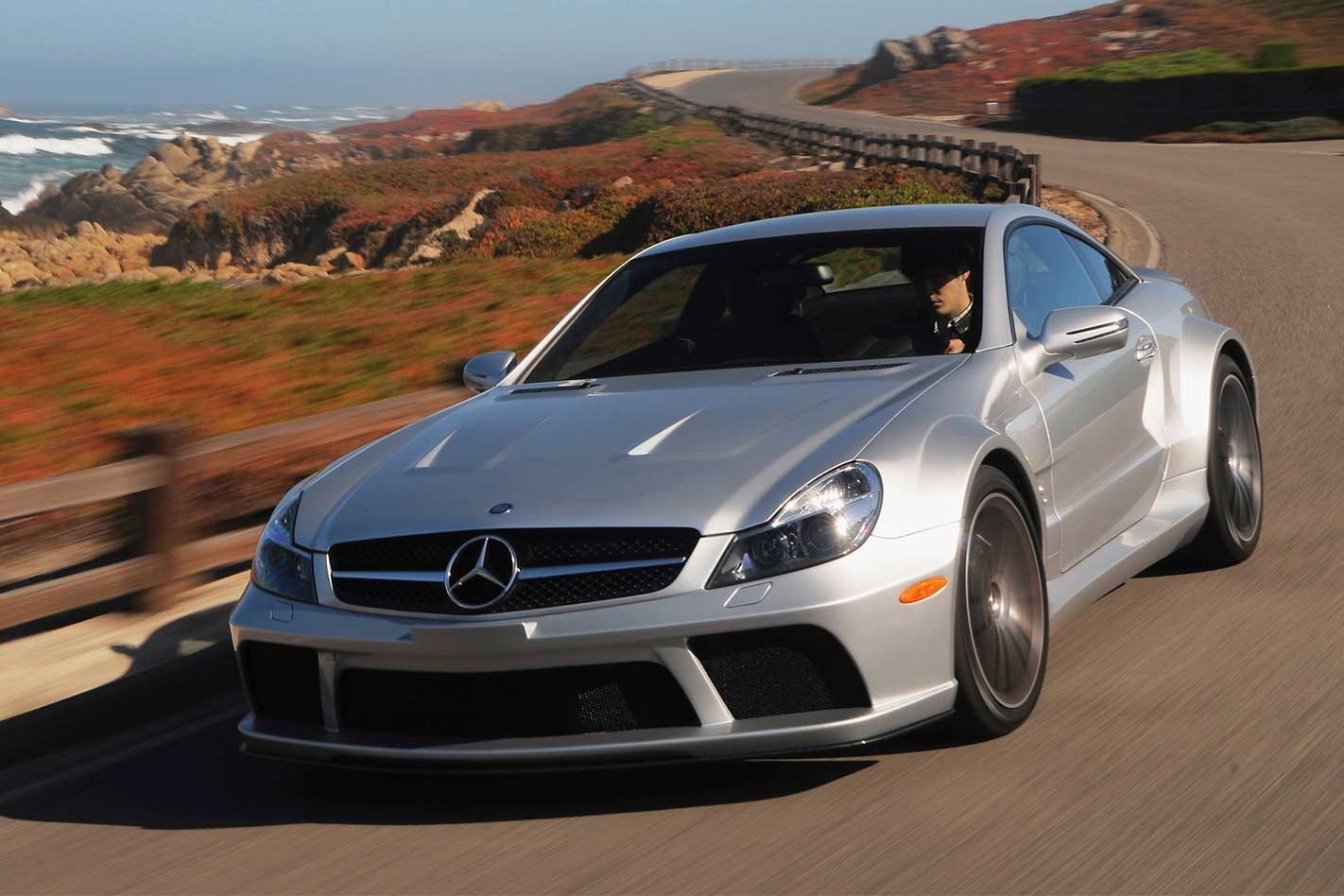In the beginning, ‘Black Series’ was probably a pricey men’s razor, or one of those seedy service-station magazines wrapped in plastic. But now that the SL65 AMG Black Series exists, the name will forever be associated with the butchest, baddest, boldest sports car ever conceived by the Affalterbach power brokers.
This review was first published in MOTOR magazine’s February 2009 issue.
The beast simmering before you is the third iteration of the Black Series theme, following 2006’s SLK55 Black and 2008’s CLK63 Black.
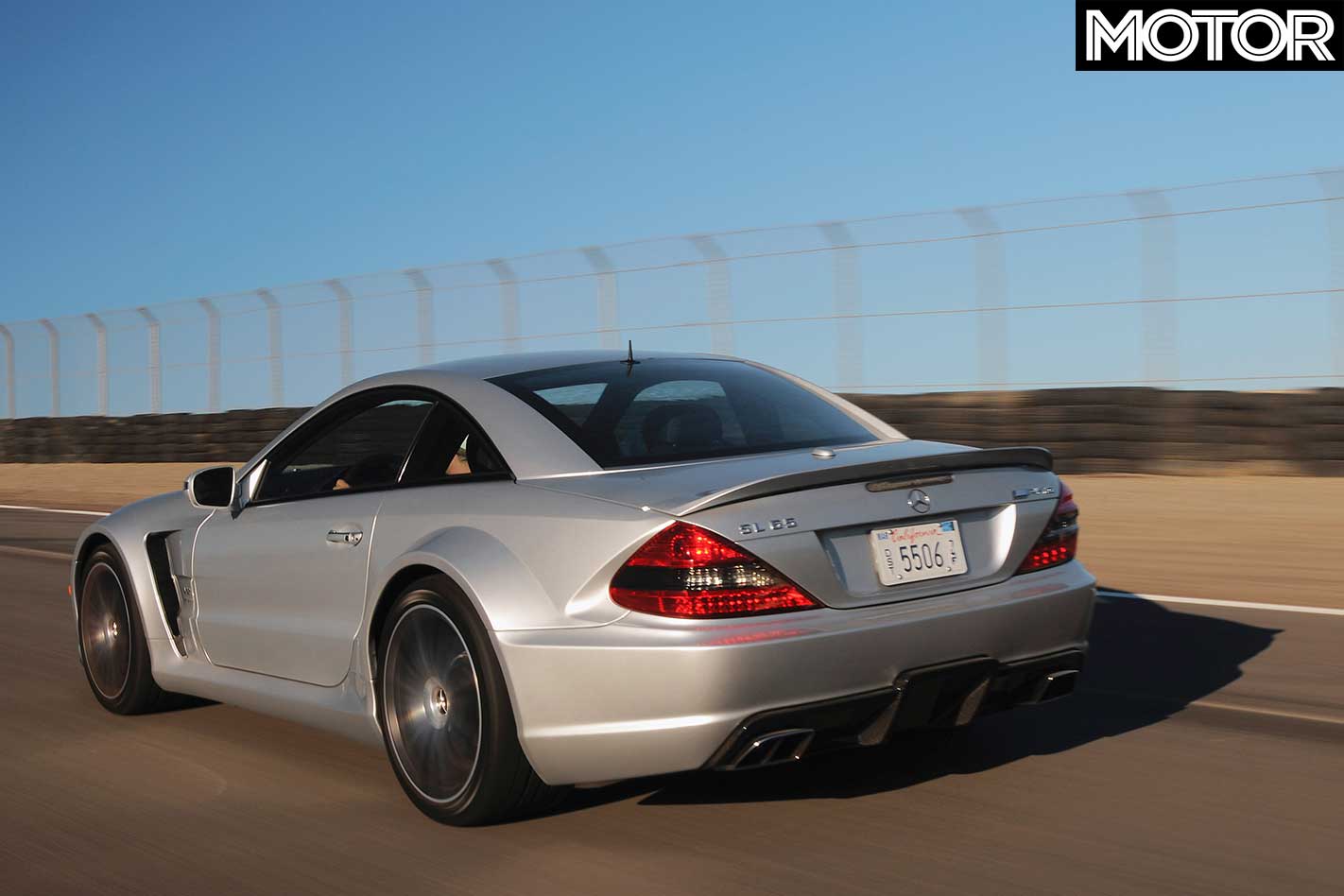
At $680,000, this awesome SL easily eclipses the pricey standard SL65 and makes the wonderful SL63 seem comparatively affordable. But is it worth the extra dough?
On real roads, in real traffic, in really bad weather conditions, the Super SL is a must-have for rich hooligans, but it’s almost too much of a good thing for mere mortals. If you ever wanted to know how quickly your licence can be stripped of your possession, take this fire-breathing tarmac-peeler out for a few carefree hours on public roads.
Sure, speed costs. But why is the SL Black so bloody expensive? Because it is practically an all-new vehicle.
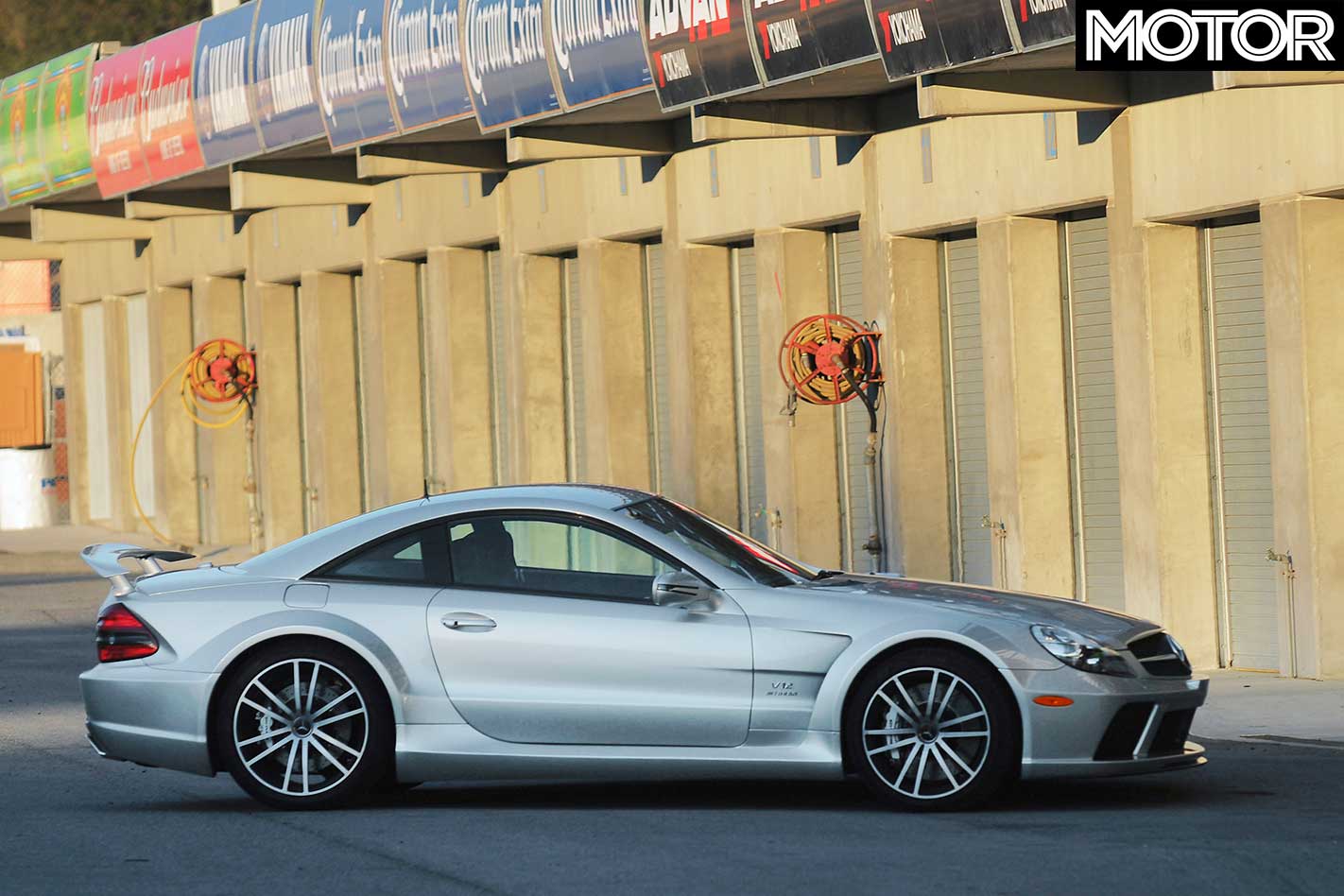
For instance, every single body panel has been redesigned and restyled to measure. Gone is the folding roof, the slim wings, the subtle bumpers, and the run-of-the-mill doors. The new outfit is fabricated entirely of carbonfibre, its eye-catching shape looking like a fusion between a two-door German taxi and Lewis Hamilton’s race car.
Beauty is in the eye of the beholder, but according to AMG, its clientele loves wildly flared wheel arches, blacktop-scraping spoilers, cartoon-size wheels, XXL air intakes and the full range of spats, ducts and winglets. There is no doubt that the SL Black looks Darth Vader-menacing in the rear view mirror of the car ahead, but there is also no doubt that this brick-wall-like frontal area counteracts every wind tunnel effort.
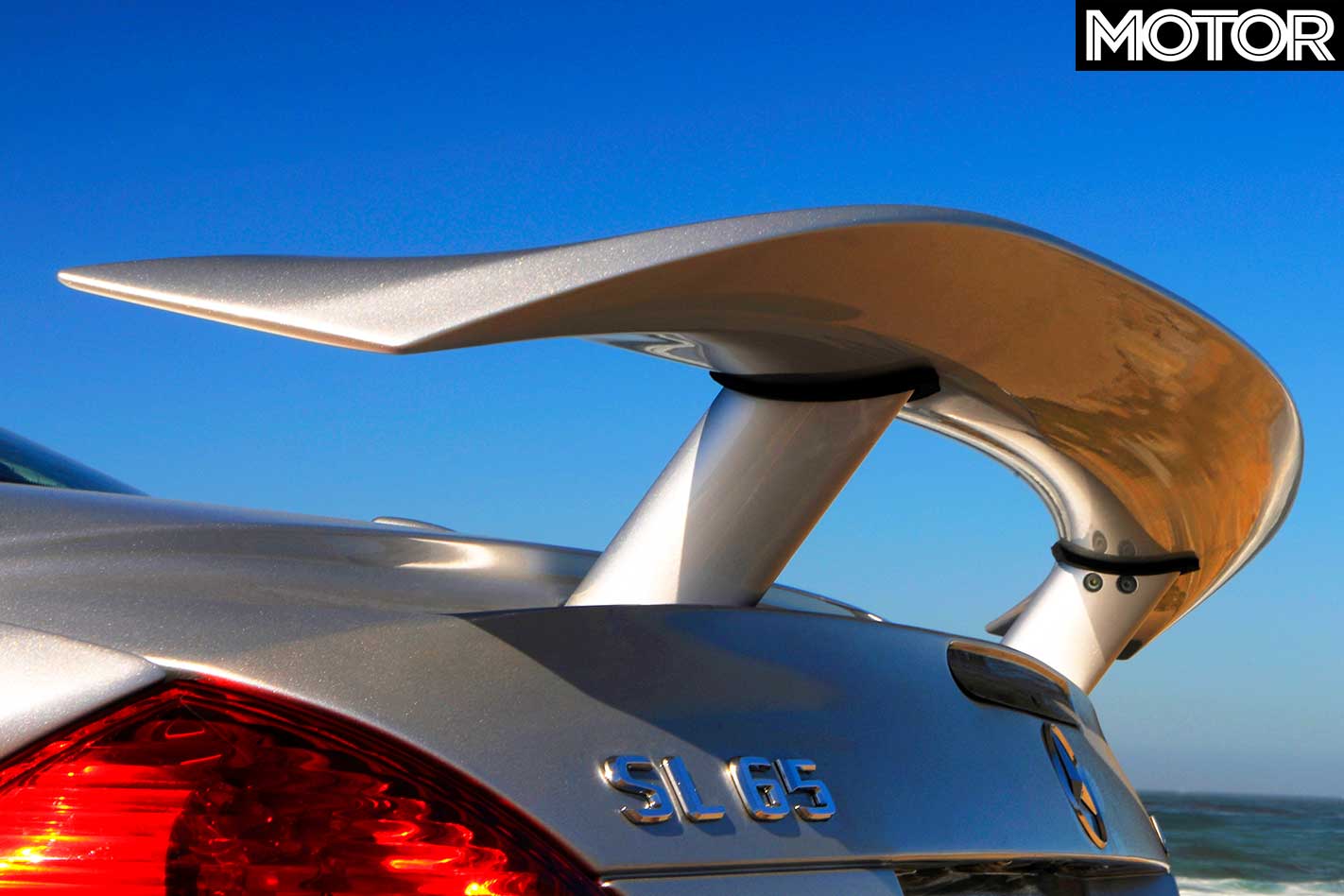
The SL Black is 140mm wider than the SL65, but what really matters is that it is also a significant 250kg lighter. And that’s largely due to the aforementioned Carbonfibre Reinforced Plastic (CFRP) body panels, the stripped-out cabin that looks like a sombre mirror cabinet because of the shiny, omni-present carbonfibre claddings, and the heavily revised, aluminium-intensive chassis.
Gone are the softish SBC brakes, the standard suspension layout, and the modest tyre size. Instead, we find fully tweakable race suspension with adjustable dampers, ride height, toe-in/toe-out and camber settings.
Both axles had to be developed and fabricated from scratch, and this includes wheel carriers, struts, tie-rods – the whole kit and caboodle. Since the kinematics were revised at the same time, the carry-over steering is now eight-percent quicker and the response to steering inputs is much more prompt.
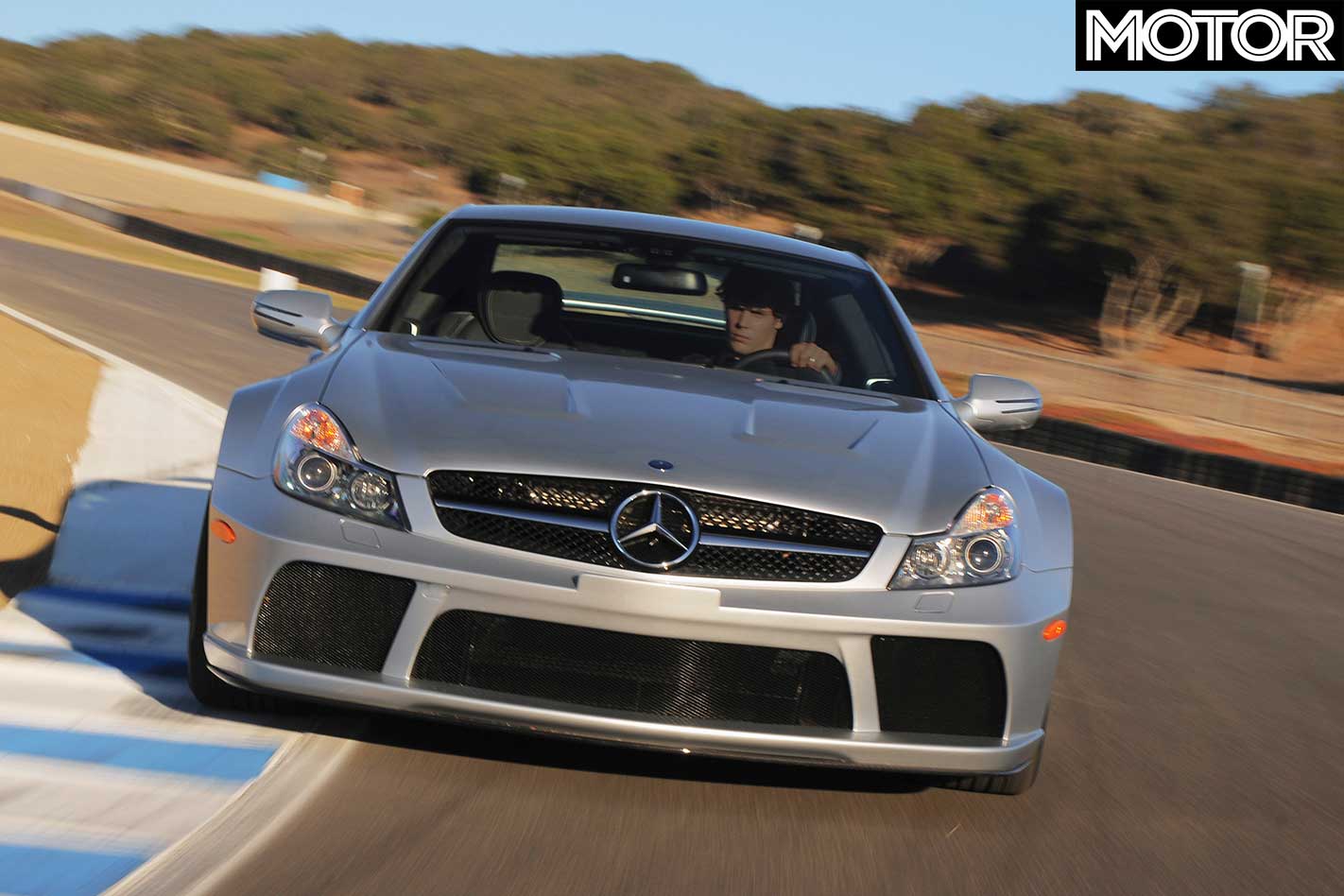
A few years back, AMG had planned to develop a turbocharged version of the 6.2-litre eight-cylinder as a replacement for the heavier and thirstier V12. But then this engine was canned, replaced by a state-of-the-art twin-turbo 5.5-litre V8 which is still in the making and is due see the light in 2011 at the latest.
The old three-valve V12 (M275) should’ve been superseded by a new direct-injection four-valver, dubbed M295, in 2010, but when the economy went sour, this engine bit the dust, too. As a result, the old V12 will live on longer than expected in a modified form that meets the Euro 5 emissions standard.
Despite its age, however, the V12 is still a brawny and charismatic kraftwerk that comes in 380kW 5.5-litre guise (in the SL600), a 450kW 6.0-litre (in the SL65 AMG) and, now, this beast – the 493kW SL65 Black.
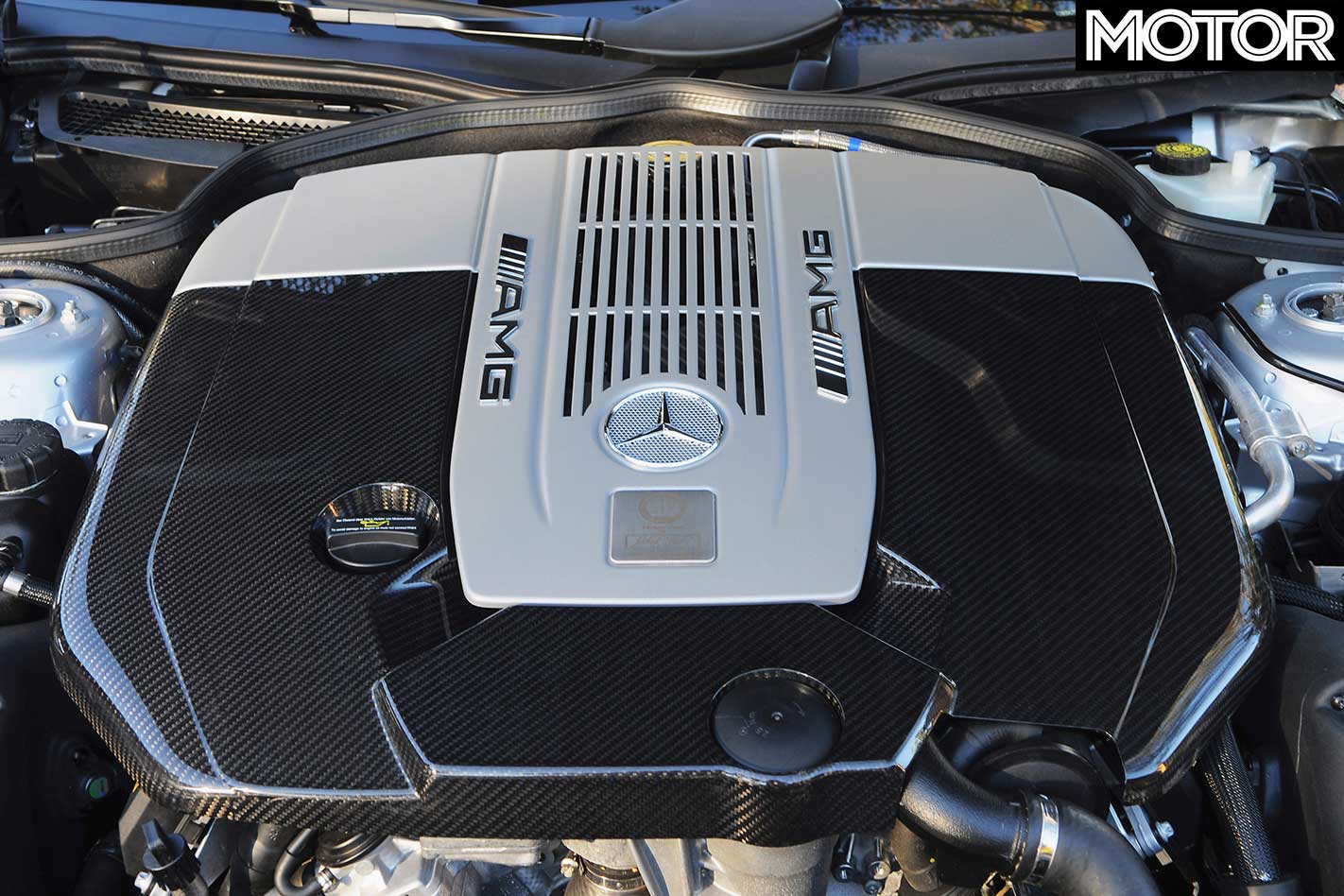
Consumption? On paper, an acceptable 14.4L/100km. In real life, a frightening 30.5L/100km. The automatic gearbox is still the ancient five-speeder, chosen for its sturdiness and reliability, but when AMG mated the old cogworks to the latest Speedshift electronics, it took the opportunity to add the convenient paddle-shift operation and a choice of four driving modes.
Comfort and Sport are self-explanatory; M1 indicates manual, and M2 quickens the shift action by a further 20 percent. In either manual mode, the black box will blip the throttle during downshifts, and it will hold the chosen ratio no matter what, which is worth remembering when you begin that touch-and-go second-gear overtaking manoeuvre.
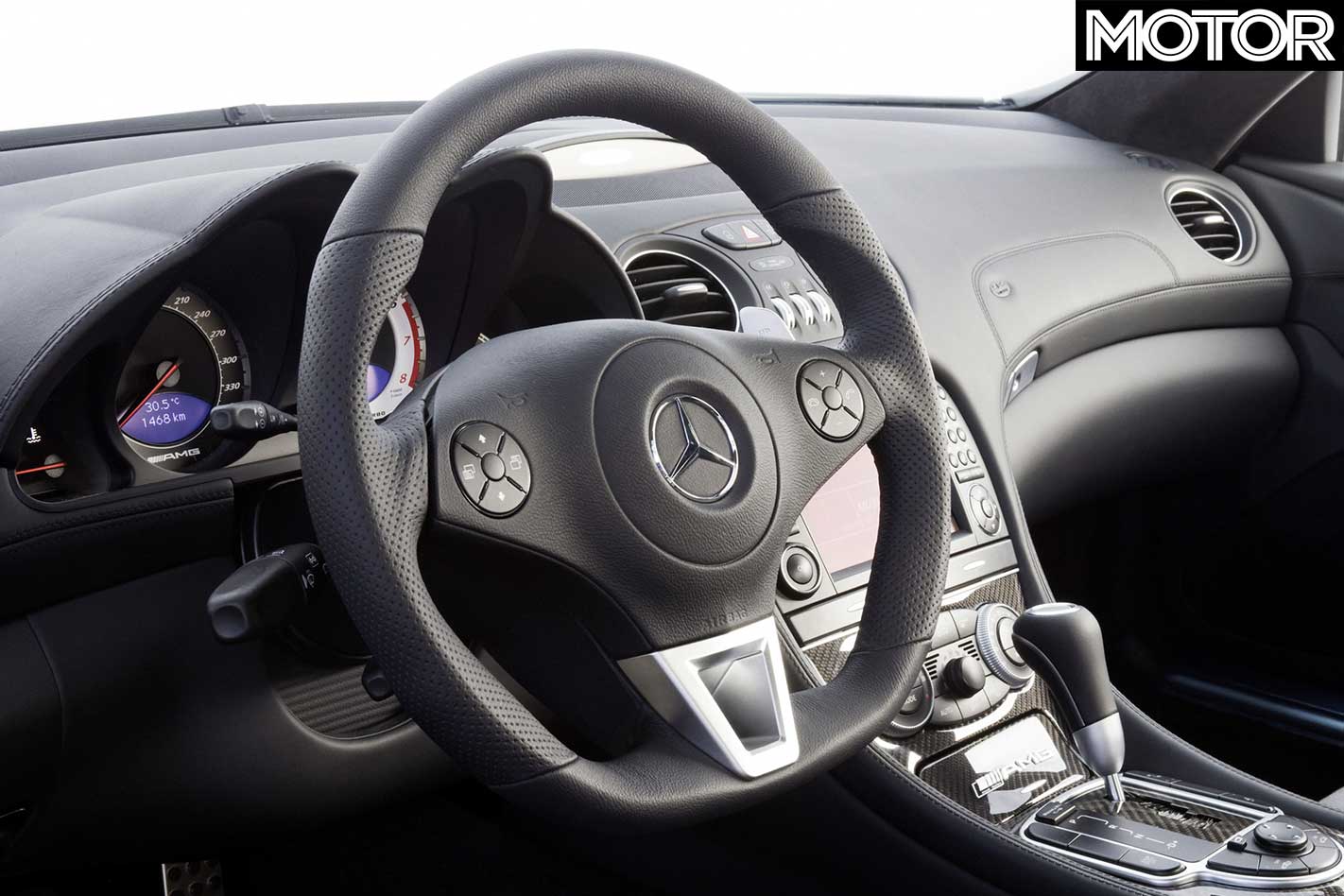
Inside, the SL Black is definitely more track racer than street racer. While export models (including the Australian-bound batch) are equipped with singing-and-dancing power seats, the Euro-spec version is fitted with rock-hard Nappa leather-trimmed CFRP buckets.
These strong, lightweight fixed-back items are indecently body-hugging and are fine for most frames, but taller drivers could probably do with longer seat runners, some sort of height adjustment, more easily accessible safety belt buckles and reclining backrests.
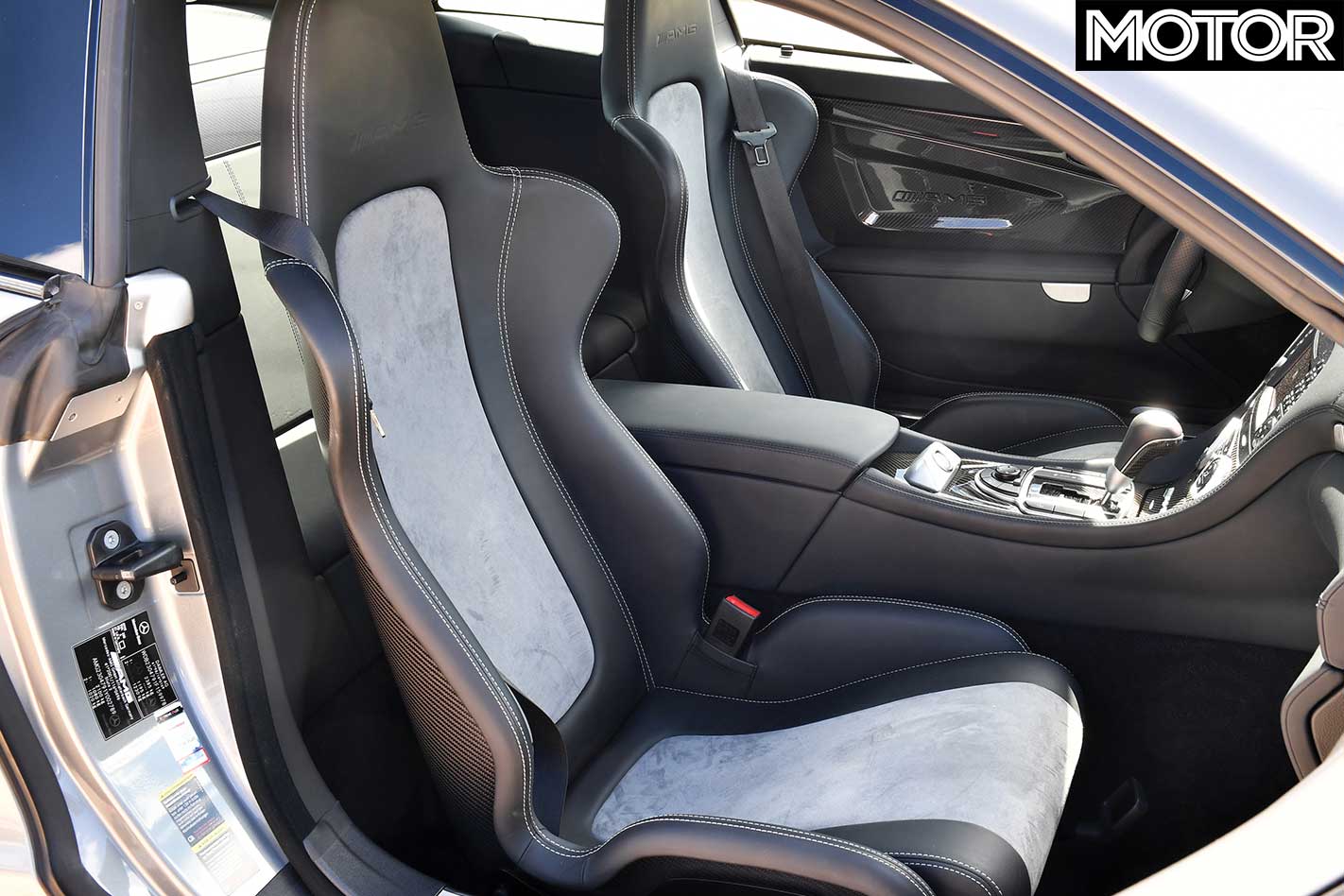
A true nuisance is the squared-off bottom of the steering wheel. In a race car, where legroom comes at a premium and where the rack is go-kart-like direct, this approach can work. But in a road car, an oddly shaped tiller makes steering during humdrum driving annoyingly awkward. Still, it is 15mm smaller in diameter, with perforated sides for better grip.
The pedal layout is another area for criticism, as the brake and throttle are positioned too closely together and at different heights, making it easy to get big feet tangled up down there at the worst moments.

Unfortunately, the black beast was shod with shaved Dunlop Sport Maxx GTs, tyres that need to be worked pretty hard to make the transition from slippery to sticky somewhere more suitable than an autobahn ice-rink. And this was despite the size of the available footprint – a hefty 265/35ZR19 up the front and fat-slabbed 325/30ZR20 rears.
With the three-setting ESP activated, the 493kW Benz makes you feel like an old woman in this weather. The coupé ac-cel-era-tes as if its transmission was in stutter mode, and even when you have gathered enough speed to frighten fast-lane regulars, every bump and every transverse ridge will trigger the electronic watchdog and its flickering warning candle.
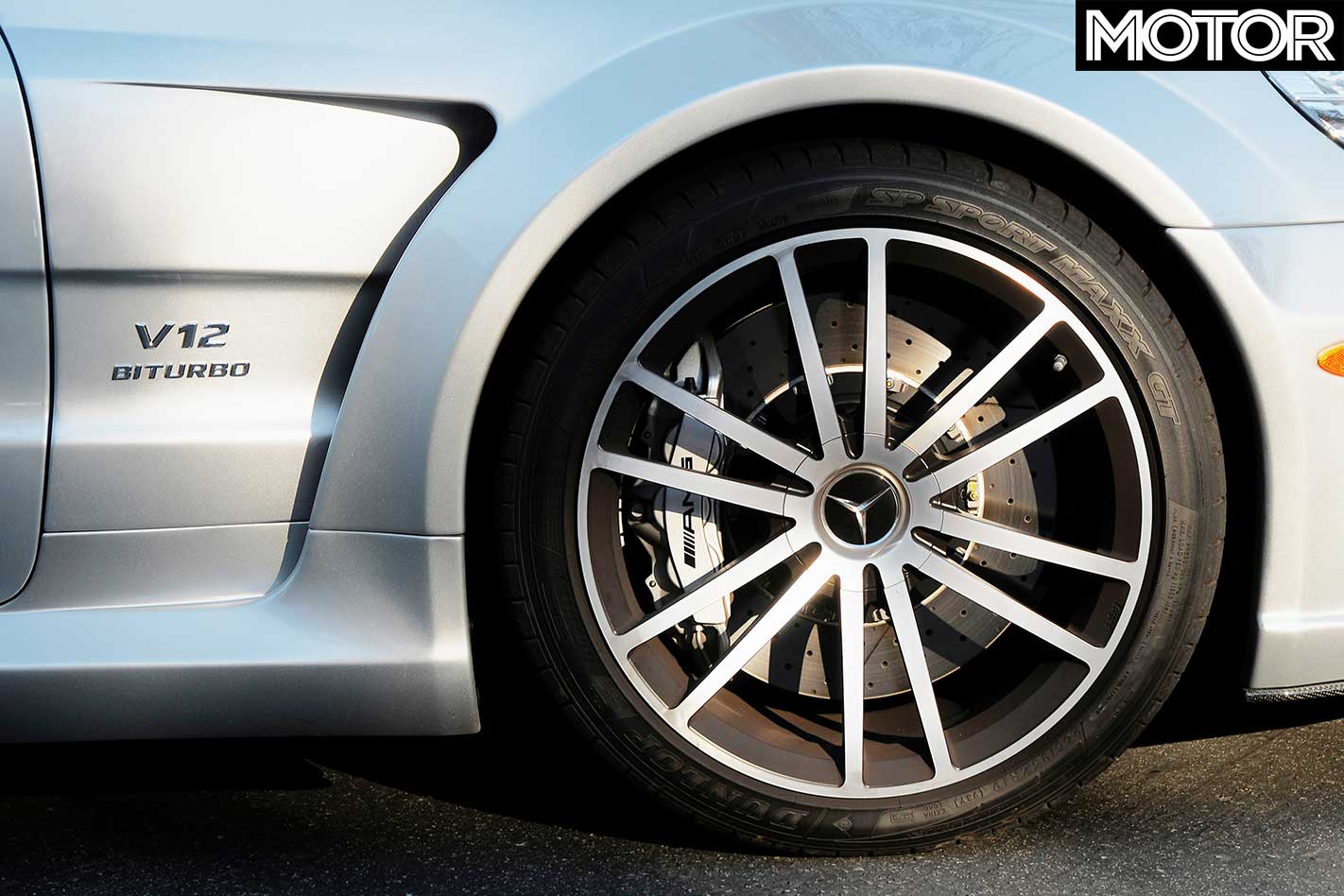
On the winding back roads towards the Swabian Alb, the SL Black calls for a quite specific driving style. Heeling and toeing would help, but since the automatic won’t let you do that, it’s best to change down as you brake for a bend. The extra oomph helps to momentarily destabilise the mighty winged tail, but ideally only so much that you can still massage it past the apex with a minimum of throttle action and a maximum of grip-to-sliding balance.
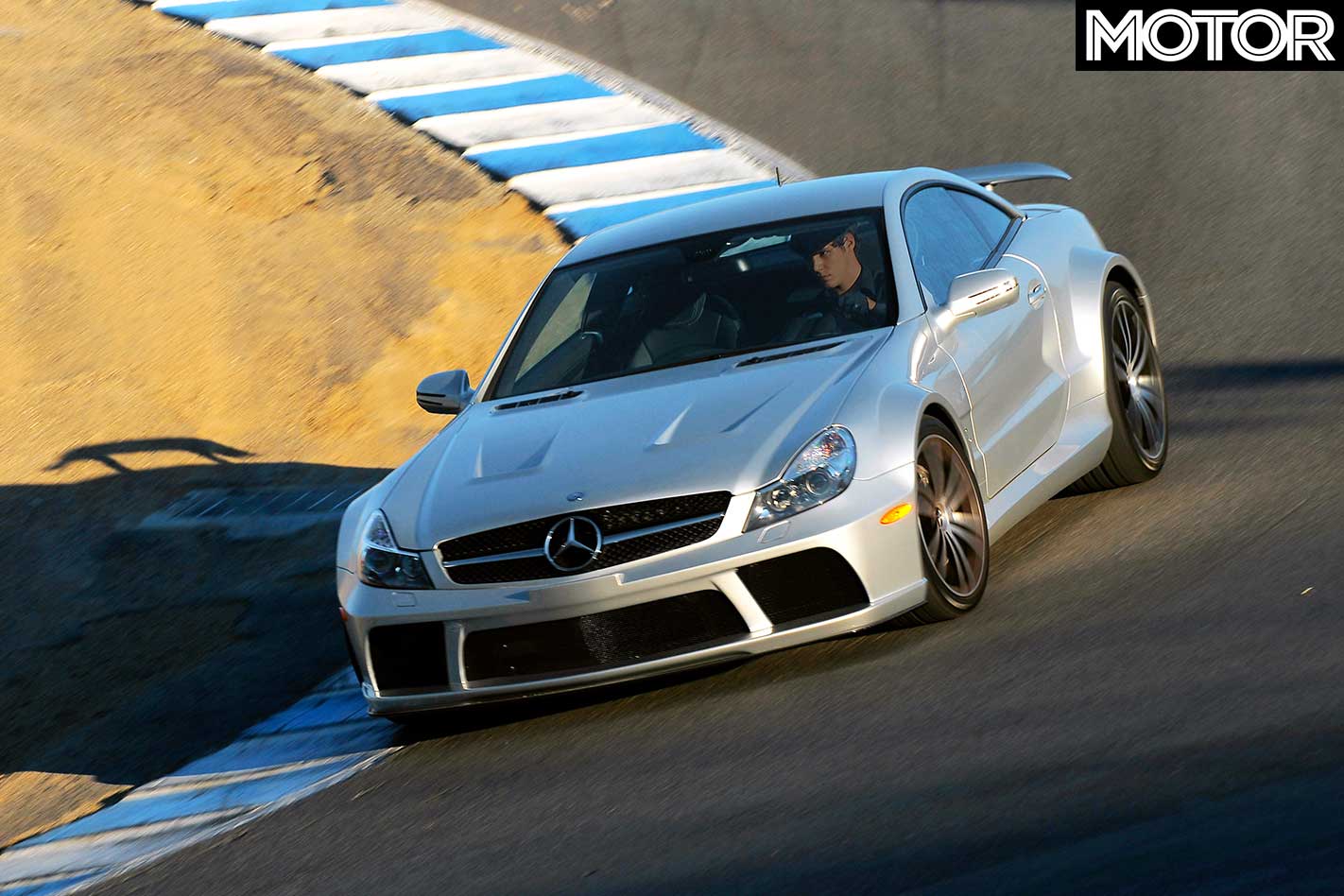
On the motorway, ESP does come to the rescue through those courage-testing ultra-high-speed kinks, even in Sport mode, but despite plenty of aero aids (like that motorised rear air dam), stability is always an issue in the back of your mind.
What helps is the extra dose of compliance AMG has engineered into the suspension. It cushions pitch, yaw and roll, and it makes it easier to respond to classic vices like tramlining and lift-off rear-end vagueness.
The confidence required to exercise total control at nine- or ten-tenths is provided primarily by the steering and the brakes. Quick and accurate, the direction-finder is also well damped and, therefore, well prepared for all irritations, from expansion joints to crosswind attacks.
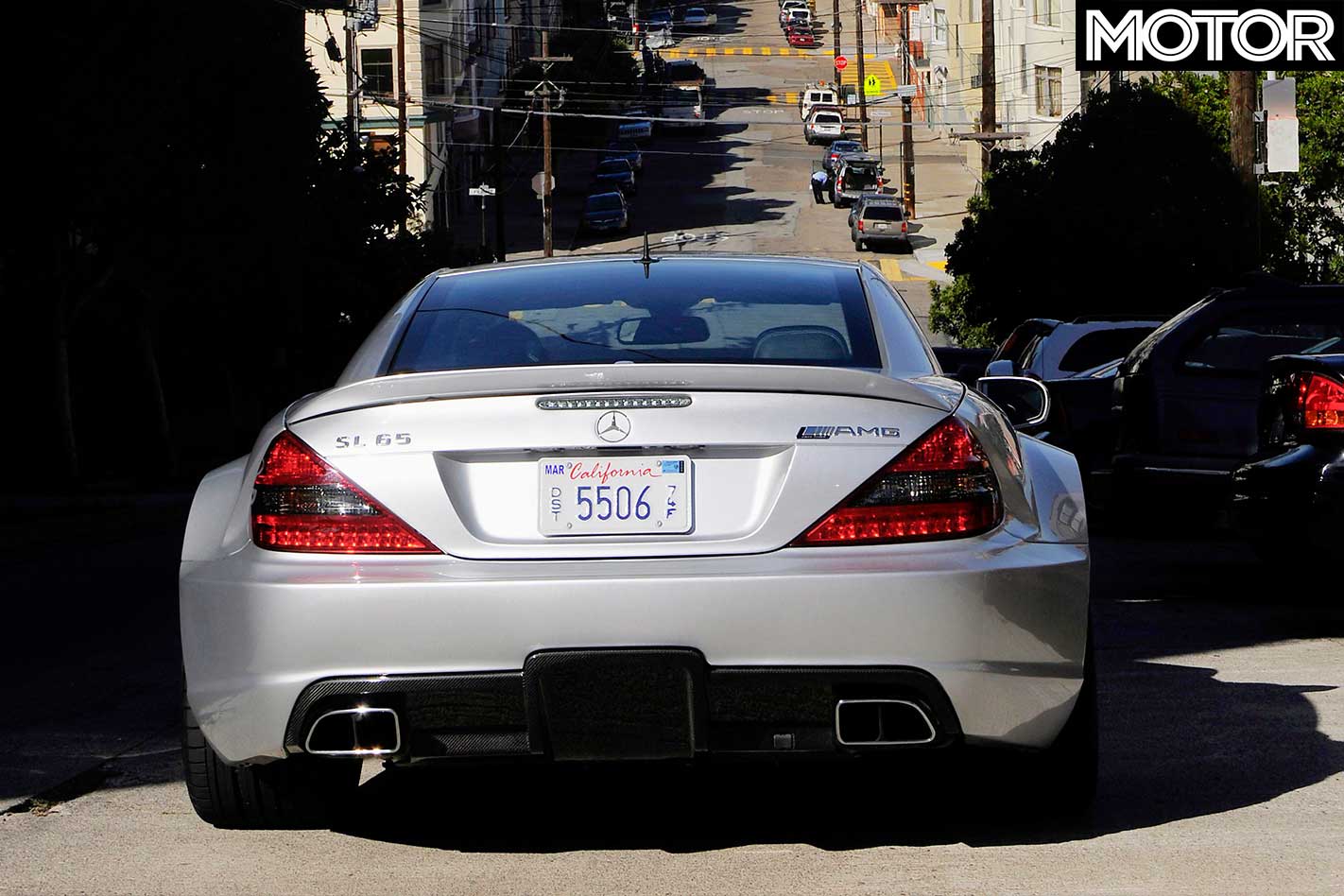
Since the decontented SL Black still weighs 1795kg, it’s good to know that the rack’s responses are sports-car quick, not coupe-style relaxed, and that the stopping apparatus is equally competent.
The brakes bite instantaneously but, thankfully, that reassuring initial bite doesn’t affect the three-dimensional modularity that follows. Deceleration is so brutal that one wishes for a four-point harness instead of the Black’s inertia-reel belt, and the sensational stamina does repeatedly upset the law of physics, as demonstrated by whiffy pads and noisy rotors. So far, so good.
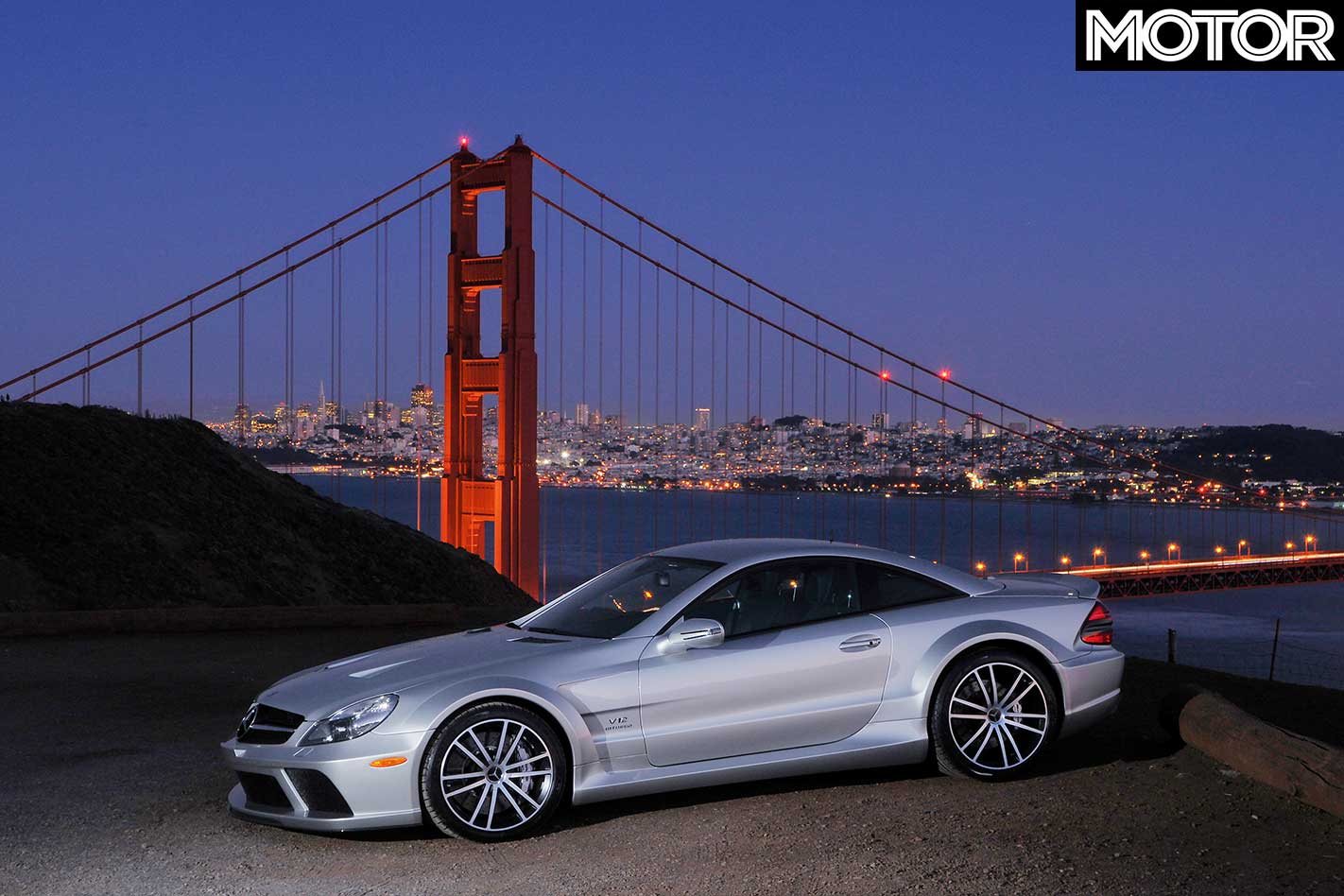
As an over-sexed highway cruiser and over-powered boulevardier, the SL65 Black Series is way too extreme, too raw, and almost wasted. But that only justifies the credentials of the monster Mercedes to rise as the new king of the slidemeisters. And to establish itself as Europe’s ultimate contemporary muscle car this side of the Bugatti Veyron.
Material World
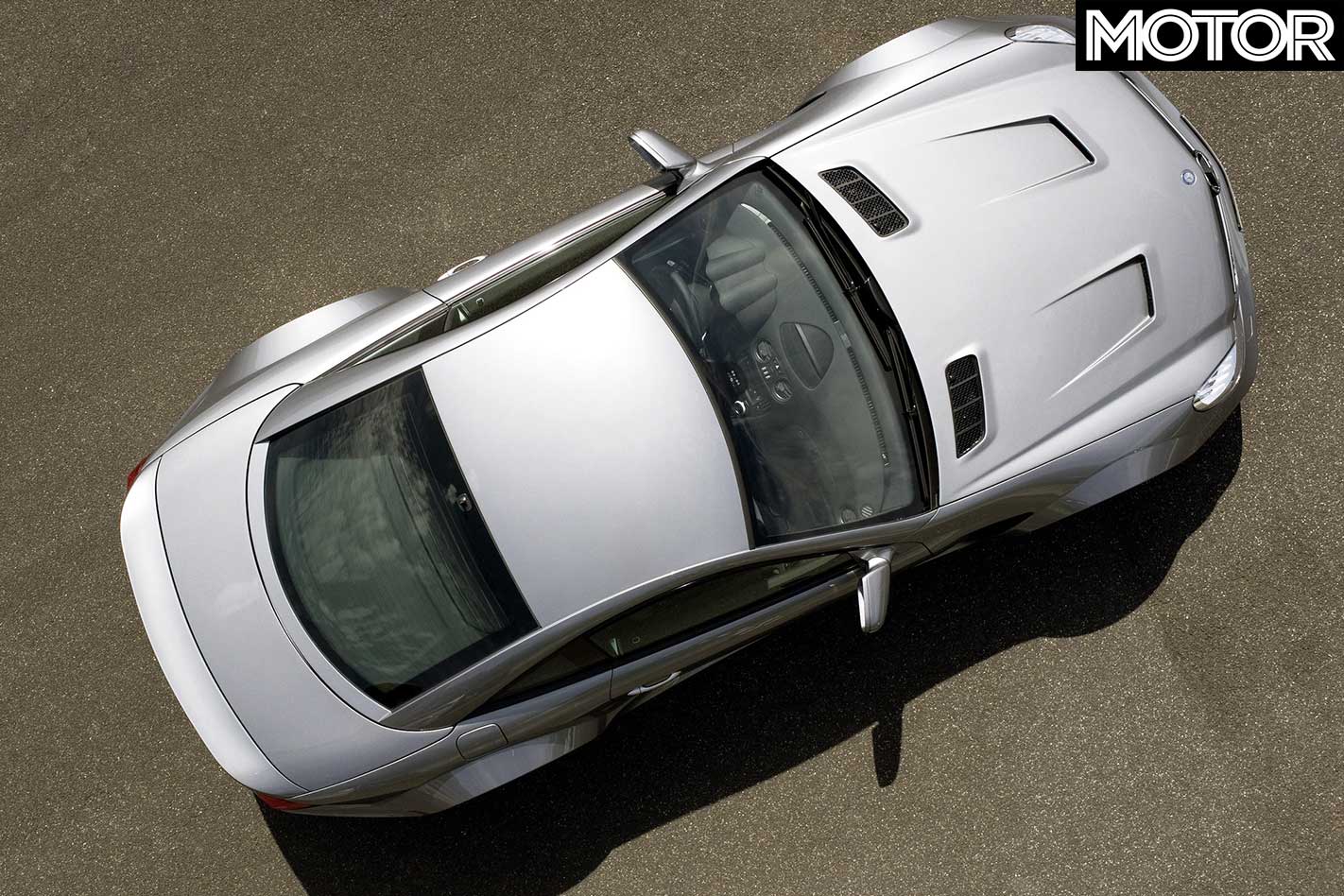
CFRP is much more rigid, impact resistant and dense than glass-fibre reinforced plastics. In the SL Black’s case, this means that AMG was able to produce a roof that sits flatter than the standard SL’s, while the rear window is now more upright and has actually increased in size.
The Black’s retractable rear wing is also made from CFRP, as are the 140mm-wider front guards, the bonnet and bootlid. All up, this helps reduce weight by 250kg over the SL65.
FAST FACTS Mercedes-Benz SL65 AMG Black Series
BODY: 2-door, 2-seat coupe DRIVE: rear-wheel ENGINE: 5980cc 90-degree V12, SOHC, 36v, twin turbochargers COMPRESSION RATIO: 9.0:1 BORE X STROKE: 82.6 x 93.0mm POWER: 493kW @ 5400rpm TORQUE: 1000Nm @ 2200-4200rpm 0-100KM/H: 3.8sec (claimed) TOP SPEED: 320km/h (limited) WEIGHT: 1795kg POWER-TO-WEIGHT: 275kW/tonne TRANSMISSION: five-speed automatic RATIOS: 3.60/2.19/1.41/1.00/0.83 FINAL DRIVE: 2.65 SUSPENSION: double A-arms, coil springs, anti-roll bar (f); multi-links, coil springs, anti-roll bar (r) L/W/H: 4589/1960/1286mm WHEELBASE: 2560mm STEERING: power rack and pinion BRAKES: 390mm ventilated/drilled composite discs, six-piston calipers (f); 360mm ventilated/drilled composite discs, four-piston calipers (r); ABS, BA, ESP, TC WHEELS: 19 x 9.5-inch (f), 20 x 11.5-inch (r); alloy TYRES: Dunlop Sport Maxx GT; 265/35ZR19 (f), 325/30ZR20 (r) PRICE: $680,000LIKE: Immense torque, traffic-stopping presence, exclusivity DISLIKE: Pricier than a Ferrari 599 GTB Fiorano; a little unresolved RATING: 8 out of 10 stars

